CCECC SINGAPORE PTE LTD
Workplace Safety & Health Coordinator (Construction)MCF-2025-0230706
Islandwide
Permanent, Full Time
Non-executive
3 years exp
Building and Construction, Environment / Health, Others
$2,300to$3,600Monthly
application posted 17 Feb 2025 Closing on 03 Mar 2025
Roles & Responsibilities
Construction WSHC (Construction Workplace, Health and Safety Coordinator)
Workplace Safety and Health Coordinator (WSHC) plays a pivotal role in ensuring a safe and healthy work environment by coordinating, monitoring, and enforcing safety measures.
The WSHC's responsibilities align with the statutory requirements set by Workplace Safety and Health (WSH) regulations, in construction
Primary Roles and Responsibilities:Health and Safety Monitoring:Ensure that all work activities comply with Workplace Safety and Health (WSH) regulations, site-specific safety plans, and industry standards.
Monitor the implementation of safety measures and policies across all construction activities.
Risk Assessment and Hazard Identification:Identify potential workplace hazards and ensure that appropriate risk assessments are conducted.
Implement control measures to mitigate risks, including engineering controls, administrative controls, or personal protective equipment (PPE).
Accident Prevention and Incident Investigation:Work on accident prevention strategies by identifying unsafe practices and implementing corrective actions.
Investigate accidents, near-misses, or incidents to determine their root causes and propose preventive measures.
Safety Training and Awareness:Conduct safety briefings, toolbox talks, and awareness programs for workers, contractors, and visitors on the importance of following safety procedures.
Ensure that all workers are adequately trained and competent in health and safety practices.
Regulatory Compliance:Ensure compliance with legal obligations related to WSH, including maintaining up-to-date records and documentation of safety practices and incidents.
Ensure the workplace and work activities adhere to local regulations and standards like the Workplace Safety and Health Act (WSHA).
Coordination with Stakeholders:Collaborate with project managers, contractors, and other stakeholders to ensure safety requirements are integrated into the project plan and execution.
Communicate safety concerns and work with the relevant parties to implement corrective actions.
Site Inspections and Audits:Conduct regular inspections of the construction site to identify unsafe conditions, hazards, and potential violations.
Perform safety audits to ensure compliance with WSH standards and recommend improvements where necessary.
Key Activities:Daily Site Safety Inspections:Carry out daily safety inspections to ensure that safety measures are being followed.
Check for hazards such as unsafe scaffolding, open trenches, inadequate signage, and improper use of equipment or PPE.
Implementation of Safe Work Procedures:Ensure that safe work procedures (SWPs) are implemented across all construction activities, particularly for high-risk tasks like lifting operations, work-at-height, excavation, and hot works.
Toolbox Meetings and Safety Briefings:Conduct daily toolbox meetings with workers to address specific site hazards, safety updates, and reminders of WSH protocols.
Ensure that all workers are briefed on safety issues before they commence work.
Incident Reporting and Documentation:Maintain detailed records of all accidents, incidents, near-misses, and safety violations.
Prepare and submit incident reports and maintain safety documentation as required by the authorities.
Enforcement of Safety Protocols:Ensure workers adhere to site safety protocols, such as wearing appropriate PPE (helmets, safety vests, harnesses).
Take disciplinary action where necessary, including stopping work if imminent dangers are identified.
Emergency Preparedness and Response:Coordinate emergency drills and ensure that the site has adequate emergency response procedures in place, such as evacuation plans and first-aid provisions.
Ensure fire safety equipment, first-aid kits, and other emergency resources are readily available and properly maintained.
Safety Compliance Audits:Assist in preparing and coordinating safety audits by external parties, including regulatory bodies or third-party auditors.
Provide evidence of compliance with safety standards during audits, such as reports, training records, and inspection logs.
Safety Equipment and Signage:Ensure that safety signage is prominently displayed across the site (e.g., hazard warnings, emergency exits).
Verify that safety equipment like fire extinguishers, first-aid kits, and fall protection gear is available, accessible, and in good working condition.
Job Requirements:
*Minimum Advanced Certificate in Workplace Safety and Health
*At least 3 years of relevant working experiences in Singapore construction industry
*Ability to work independantly, good safety knowledge and practices
*Good in reportings, communication and interpersonal skills
apply click the link
https://www.mycareersfuture.gov.sg/job/building-construction/workplace-safety-health-coordinator-ccecc-singapore-d7bc1005ce624f9a5642625e46932e7c?source=MCF&event=Search
Roles & Responsibilities
Construction WSHC (Construction Workplace, Health and Safety Coordinator)
Workplace Safety and Health Coordinator (WSHC) plays a pivotal role in ensuring a safe and healthy work environment by coordinating, monitoring, and enforcing safety measures.
The WSHC's responsibilities align with the statutory requirements set by Workplace Safety and Health (WSH) regulations, in construction
Primary Roles and Responsibilities:Health and Safety Monitoring:Ensure that all work activities comply with Workplace Safety and Health (WSH) regulations, site-specific safety plans, and industry standards.
Monitor the implementation of safety measures and policies across all construction activities.
Risk Assessment and Hazard Identification:Identify potential workplace hazards and ensure that appropriate risk assessments are conducted.
Implement control measures to mitigate risks, including engineering controls, administrative controls, or personal protective equipment (PPE).
Accident Prevention and Incident Investigation:Work on accident prevention strategies by identifying unsafe practices and implementing corrective actions.
Investigate accidents, near-misses, or incidents to determine their root causes and propose preventive measures.
Safety Training and Awareness:Conduct safety briefings, toolbox talks, and awareness programs for workers, contractors, and visitors on the importance of following safety procedures.
Ensure that all workers are adequately trained and competent in health and safety practices.
Regulatory Compliance:Ensure compliance with legal obligations related to WSH, including maintaining up-to-date records and documentation of safety practices and incidents.
Ensure the workplace and work activities adhere to local regulations and standards like the Workplace Safety and Health Act (WSHA).
Coordination with Stakeholders:Collaborate with project managers, contractors, and other stakeholders to ensure safety requirements are integrated into the project plan and execution.
Communicate safety concerns and work with the relevant parties to implement corrective actions.
Site Inspections and Audits:Conduct regular inspections of the construction site to identify unsafe conditions, hazards, and potential violations.
Perform safety audits to ensure compliance with WSH standards and recommend improvements where necessary.
Key Activities:Daily Site Safety Inspections:Carry out daily safety inspections to ensure that safety measures are being followed.
Check for hazards such as unsafe scaffolding, open trenches, inadequate signage, and improper use of equipment or PPE.
Implementation of Safe Work Procedures:Ensure that safe work procedures (SWPs) are implemented across all construction activities, particularly for high-risk tasks like lifting operations, work-at-height, excavation, and hot works.
Toolbox Meetings and Safety Briefings:Conduct daily toolbox meetings with workers to address specific site hazards, safety updates, and reminders of WSH protocols.
Ensure that all workers are briefed on safety issues before they commence work.
Incident Reporting and Documentation:Maintain detailed records of all accidents, incidents, near-misses, and safety violations.
Prepare and submit incident reports and maintain safety documentation as required by the authorities.
Enforcement of Safety Protocols:Ensure workers adhere to site safety protocols, such as wearing appropriate PPE (helmets, safety vests, harnesses).
Take disciplinary action where necessary, including stopping work if imminent dangers are identified.
Emergency Preparedness and Response:Coordinate emergency drills and ensure that the site has adequate emergency response procedures in place, such as evacuation plans and first-aid provisions.
Ensure fire safety equipment, first-aid kits, and other emergency resources are readily available and properly maintained.
Safety Compliance Audits:Assist in preparing and coordinating safety audits by external parties, including regulatory bodies or third-party auditors.
Provide evidence of compliance with safety standards during audits, such as reports, training records, and inspection logs.
Safety Equipment and Signage:Ensure that safety signage is prominently displayed across the site (e.g., hazard warnings, emergency exits).
Verify that safety equipment like fire extinguishers, first-aid kits, and fall protection gear is available, accessible, and in good working condition.
Job Requirements:
*Minimum Advanced Certificate in Workplace Safety and Health
*At least 3 years of relevant working experiences in Singapore construction industry
*Ability to work independantly, good safety knowledge and practices
*Good in reportings, communication and interpersonal skills
apply click the link
https://www.mycareersfuture.gov.sg/job/building-construction/workplace-safety-health-coordinator-ccecc-singapore-d7bc1005ce624f9a5642625e46932e7c?source=MCF&event=Search

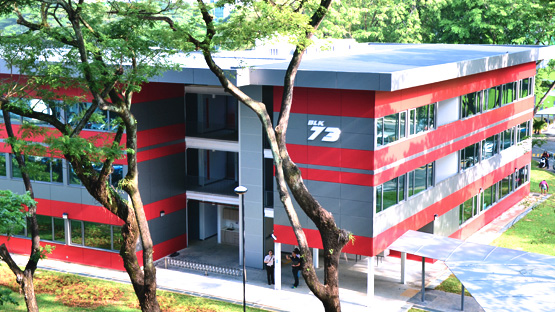


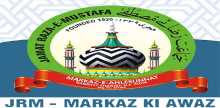


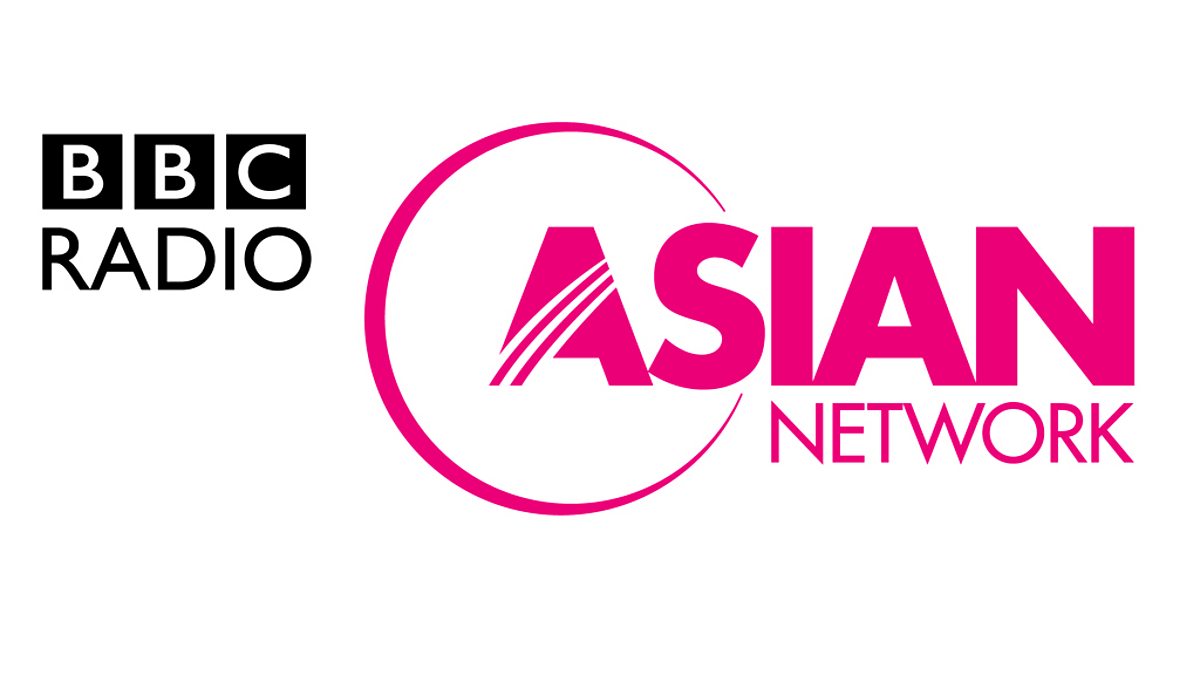






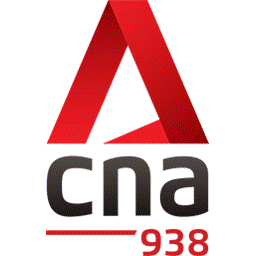













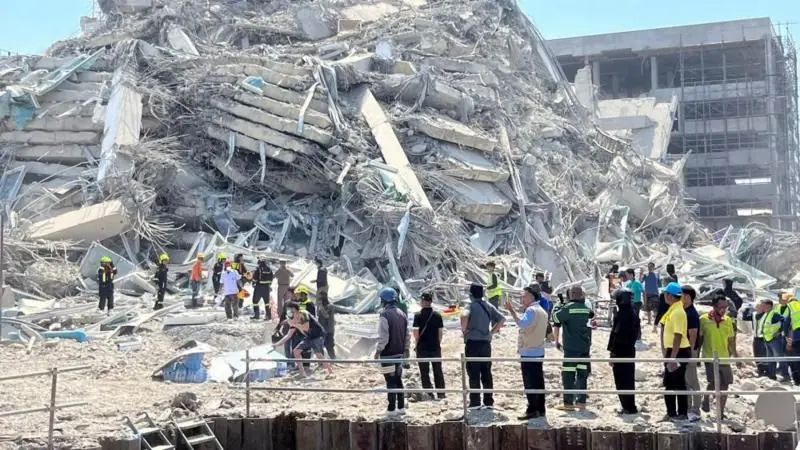





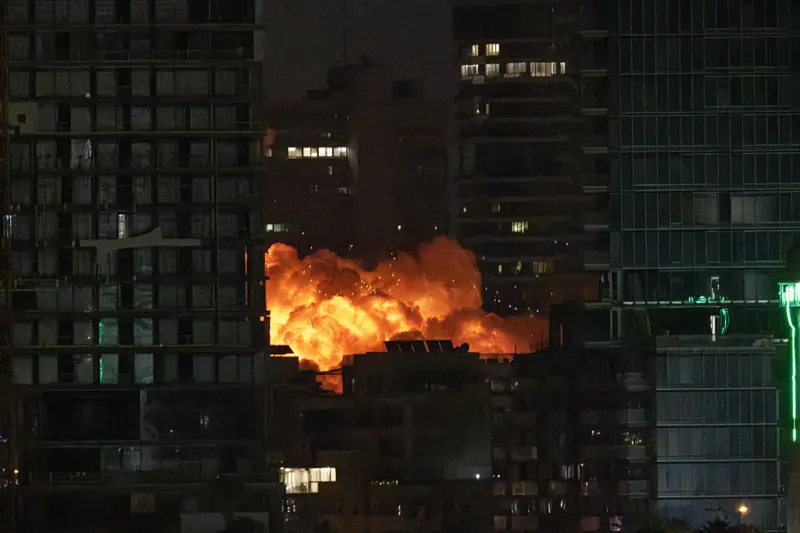


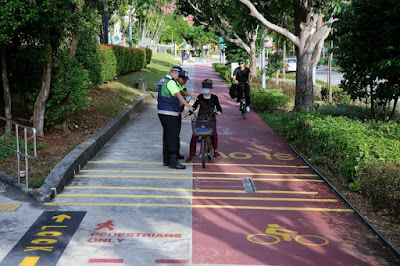
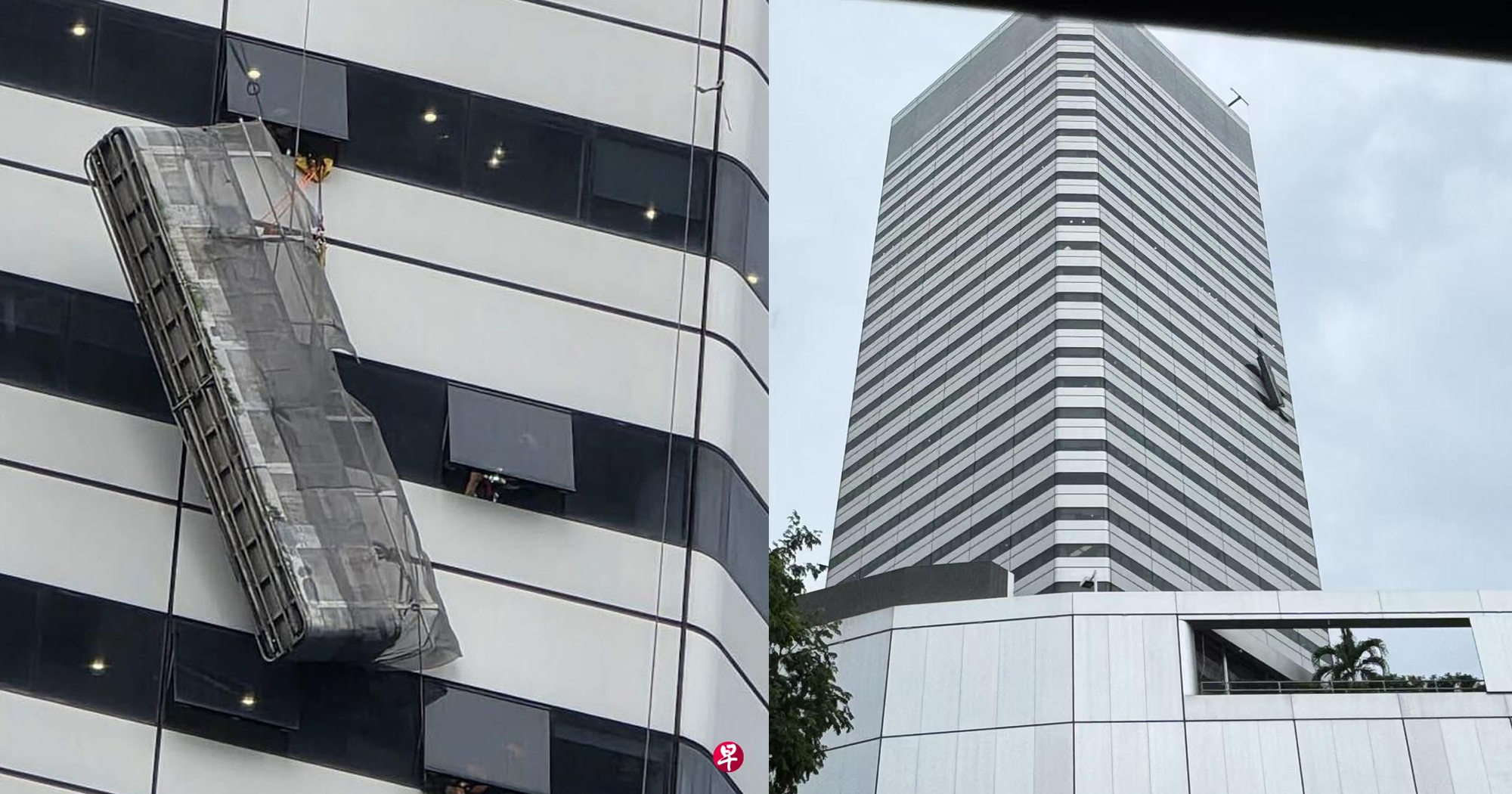


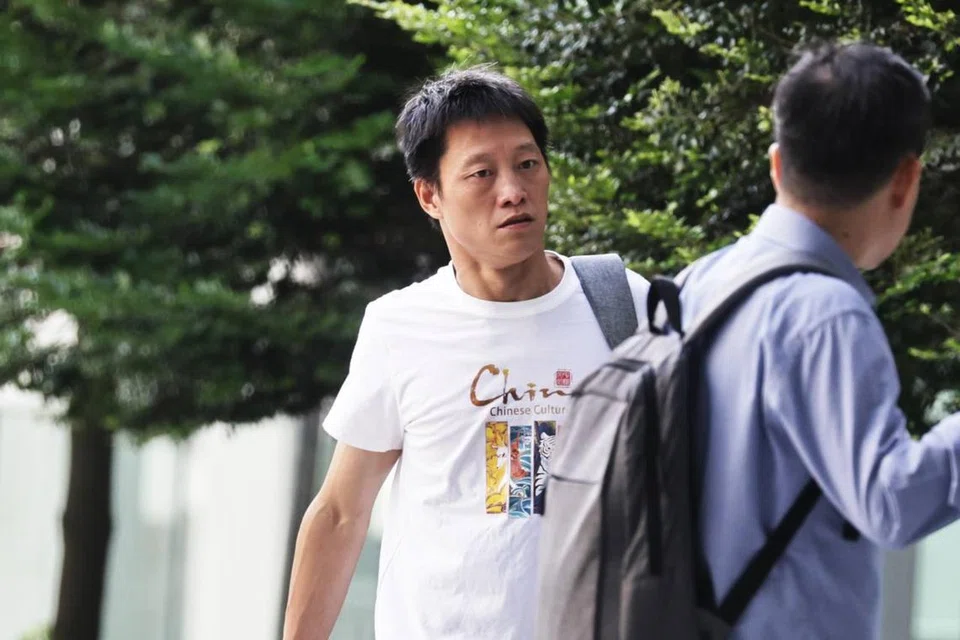


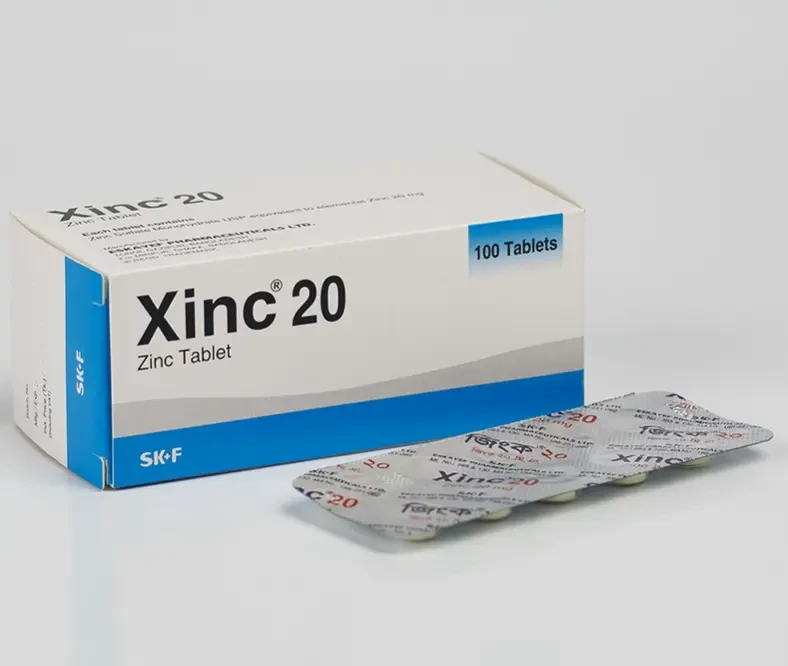
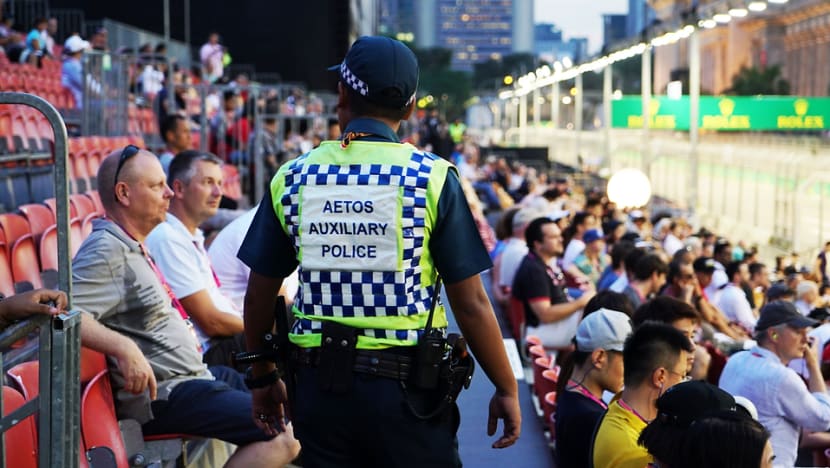


0 মন্তব্যসমূহ